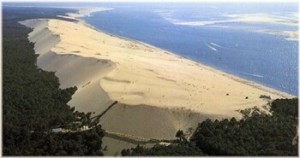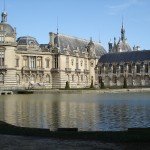 A short ride northeast of Paris lies the stunningly beautiful Chateau de Chantilly. Beautiful forest, elegant chateau, first-class museum, a fine equestrian center, a romantic new luxurious hotel, polo, golf, and gastronomic meals make this a perfect Paris getaway.
A short ride northeast of Paris lies the stunningly beautiful Chateau de Chantilly. Beautiful forest, elegant chateau, first-class museum, a fine equestrian center, a romantic new luxurious hotel, polo, golf, and gastronomic meals make this a perfect Paris getaway.
Constructed in the fourteenth century by the Chancellor of Orgemont, the chateau remained in different branches of the same family for centuries. Because of its beauty and architecture, it retained a stately place alongside Versailles, Fontainebleau, Vaux-le-Vicomte, Ecouen, etc for its princely families.
Its breathtaking gardens were designed by André LeNotre at the end of the seventeenth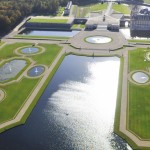 century. The parterre à la française of Chantilly offers the most dazzling view points of the visit. It includes vast water mirrors reflecting the sky, many hosepipes and fountains as well as a statuary program of great quality. Of all the gardens created by the illustrious artist, Chantilly was Le Nôtre’s favorite accomplishment. He drew a great perspective that begins at the honor gate and ends at the statue of Anne de Montmorency, extending to the other side of the Grand Canal, up to the forest, making Chantilly the only garden created by the landscaper of Versailles that is in line with a statue, rather than with the chateau. The Grand Canal of Chantilly (1.5miles) exceeds by far that of Versailles; of all of the Le Nôtre gardens, the gardens à la française of Chantilly feature the largest water expanse.
century. The parterre à la française of Chantilly offers the most dazzling view points of the visit. It includes vast water mirrors reflecting the sky, many hosepipes and fountains as well as a statuary program of great quality. Of all the gardens created by the illustrious artist, Chantilly was Le Nôtre’s favorite accomplishment. He drew a great perspective that begins at the honor gate and ends at the statue of Anne de Montmorency, extending to the other side of the Grand Canal, up to the forest, making Chantilly the only garden created by the landscaper of Versailles that is in line with a statue, rather than with the chateau. The Grand Canal of Chantilly (1.5miles) exceeds by far that of Versailles; of all of the Le Nôtre gardens, the gardens à la française of Chantilly feature the largest water expanse.
At the heart of this storied château is its superb museum and equestrian center. Housing some of the country’s most important collections of old masters outside the Louvre, the museum is an architectural jewel on a human scale. The equestrian center, also a museum, portrays brilliantly life as it used to be when horses reigned; live shows, a riding academy, and an active blog keep the equestrian life alive and well today.
And now, to top it all, a romantic new hotel called the Auberge du Jeu de Paume has been constructed in neo-eighteenth century style on the grounds. A luxurious 4-star hotel with 92 bedrooms and suites, enhanced by two excellent restaurants headed by award-winning chef Arnaud Faye (formerly of the Ritz Paris and Mandarin Oriental hotels) and a stunning 6000 sq ft Moorish spa add to its enjoyment. If that isn’t enough to complete a country escape from Paris, there are two golf courses nearby, horseback riding on the property, live concerts, a modern library, and polo at the exclusive Chantilly Polo Club.
Access to Chantilly: The Chantilly Estate is 25 miles from Paris North, accessible by car, trains and RER. Drive on the Autoroute du Nord (A1), approximately 42 minutes; exit Chantilly. GPS coordinates Latitude: N49°11.670, Longitude: E002°28.930. By train SNCF from the Gare du Nord (24 minutes) or RER from Châtelet-Les Halles (45 minutes). From the Chantilly train station to the Château, (fixed rate: about 8€): 5 minute ride; or the DUC (Cantilienne Urban Service) is the complimentary bus of Chantilly: departures at the bus station, exit at Chantilly, église Notre-Dame. Walking to the château from the bus station takes approximately 22 minutes.
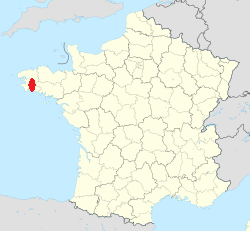
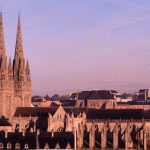

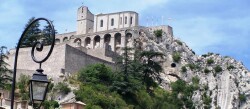
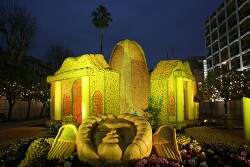

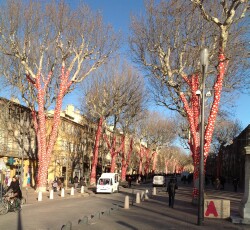
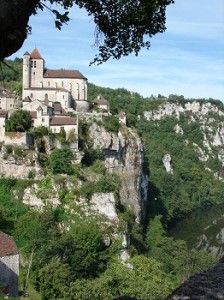

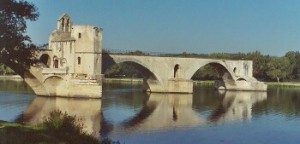
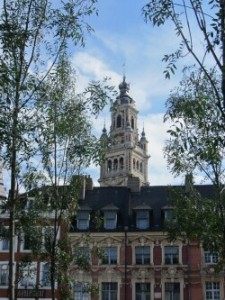
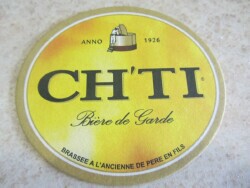
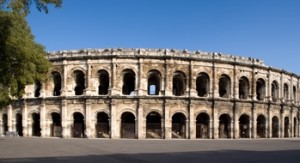
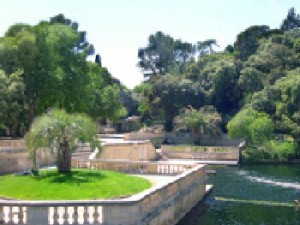
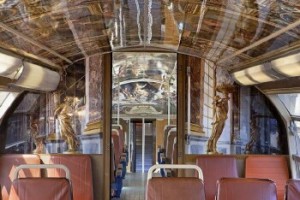
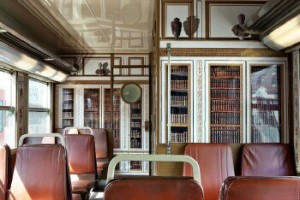
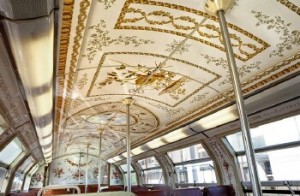
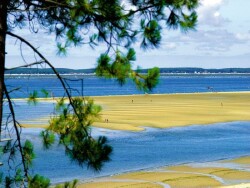 On the Atlantic coast not far from Bordeaux lies the beautiful seaside town of Arcachon, well-known for its oyster culture, its fishing harbor, and its bathing resort where sea winds mix with the fresh scent of pine trees from the nearby forest of the Landes.
On the Atlantic coast not far from Bordeaux lies the beautiful seaside town of Arcachon, well-known for its oyster culture, its fishing harbor, and its bathing resort where sea winds mix with the fresh scent of pine trees from the nearby forest of the Landes.